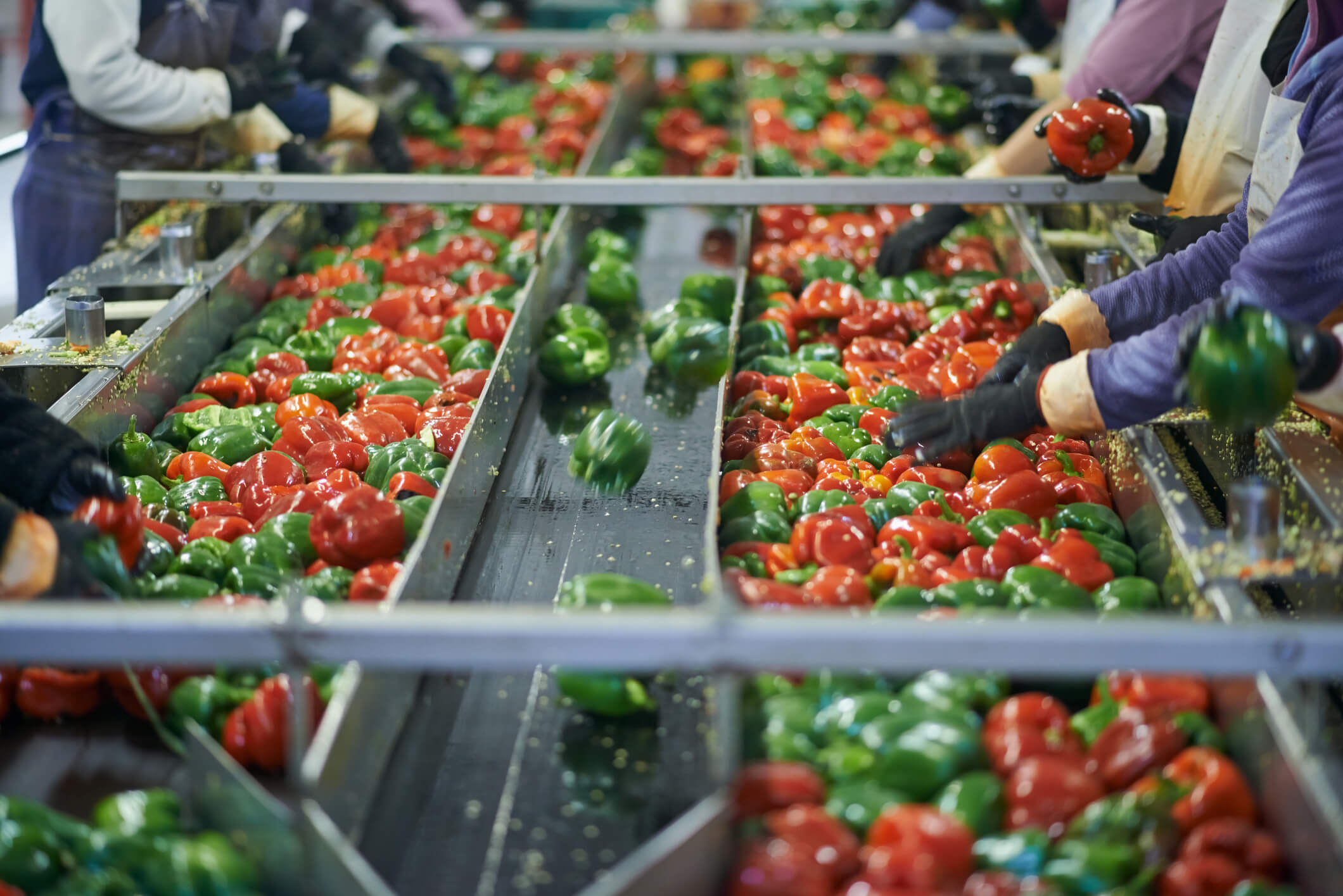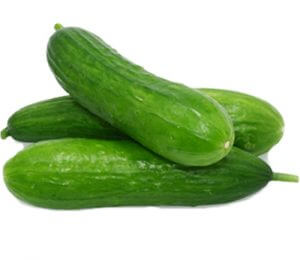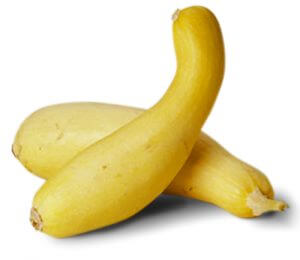

Produce Storage and Handling Best Practices
Proper produce storage and handling practices are key to maximizing storage life and maintaining the best quality of harvested fruits and vegetables. We practice these storage and handling procedures to assure that our product is kept in the best condition possible.
Additional recommendations for maintaining postharvest quality can be found by clicking the photo of each individual produce item below.
Additional information on storing fresh fruits and vegetables for better taste can be found here.
- Optimal Storage Temperature
55-70 °F
- Freezing Point
Mature Green Tomatoes: 31 °F
Ripe Tomatoes: 31.1 °F - Approximate Storage Life
Mature green tomatoes:
1-3 weeks
Ripe tomatoes:
4-7 days
- Optimal Storage Temperature
55-70 °F
- Chill Point
50 °F
- Sensitivity to Ethylene
High sensitivity
- Optimal Storage Temperature
50-55 °F
- Freezing Point
31.1 °F
- Approximate Storage Life
10-14 days
- Optimal Storage Temperature
45 °F
- Chill Point
Chilling injury will begin to set in after 2 weeks when stored at 41 °F
- Approximate Storage Life
3-5 weeks
- Optimal Storage Temperature
Unripe Avocado: 45-50 °F
Ripe Avocado: 38-45 °F - Chill Point
Unripe Avocado: 45 °F
Ripe Avocado: 36 °F - Sensitivity to Ethylene
High sensitivity
- Optimal Storage Temperature
32-35 °F
- Optimal Humidity
65-75%
- Sensitivity to Ethylene
Low sensitivity
- Optimal Storage Temperature
Summer squash:
>41-50 °F
Winter squash:
50 °F - Freezing Point
Summer squash: 31.1 °F
Winter squash: 30.5 °F - Approximate Storage Life
Summer squash:
1-2 weeks
Winter squash:
1-6 months
- Optimal Storage Temperature
Green bananas: 62-70 °F
Ripe bananas: 56-60 °F - Chill Point
Green bananas: 56 °F
Ripe bananas: 54 °F - Sensitivity to Ethylene
Green bananas:
High sensitivity
Ripe bananas:
Low sensitivity








